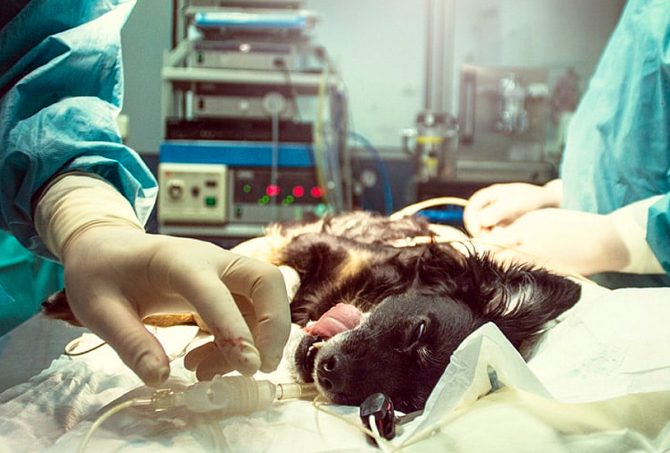If a bee stings your dog… What should you do?
If a bee stings your dog… what do you do? Because not only cats are curious, dogs are curious too, and they go around playing and chasing things, including insects.
In the case of a bee getting in the way, here are some tips on how to avoid and manage bee stings on your dog. Remember that while they may seem funny, bee and wasp stings can be just as painful and serious for your pet as they are for you.
How to prevent bee stings?
The best way to treat them is to prevent them from occurring. Bees, wasps, and hornets instinctively sting to defend themselves when threatened. Prevent your dog from scaring or disturbing an insect that stings:
- Keep a close eye on your dog: keep an eye on your pet when you are in nature to prevent him from messing with something he shouldn’t. If there is a bee in the house, get rid of it right away so your dog doesn’t get hurt.
- Keep him away from gardens with flowers: While walking with your dog, make sure that he doesn’t wander near gardens full of flowers. Especially during the summer months, avoid spaces where bees and wasps like to be.
- Be proactive: bee hives can grow quickly if not controlled, be on the lookout if you see any growing near where your pets usually stay, in order to eliminate them in time. Make sure your pet is away from the hive when you remove it. Remember to remove the hives very carefully, if you do not know how to do it, consult someone who knows, and avoid accidents. The important thing is not to harm the bees either.
What to do if your dog get stung?
Bee stings can be deadly if your dog is allergic. If you suspect that a bee has stung your dog, look for symptoms, such as a swollen snout or paw. Swelling and irritation are the most common signs of a sting, but there are others more serious reactions to watch out for:
- Weakness or lethargy
- Labored breathing
- Extreme swelling
Check your pet thoroughly for multiple bee stings that worsen its health.
Never administer human medications to your pets without the authorization of a veterinarian, because it can be life-threatening.
Give a dose of ant allergic (loratadine or desloratadine) and keep him under observation, if in twenty minutes the inflammation does not subside, take him to a veterinarian.
Important: Dogs sometimes eat the insect and may be bitten inside the mouth or throat. If this happens, seek veterinary help immediately as any swelling could inhibit their breathing.
Keep browsing our web for more tips.





